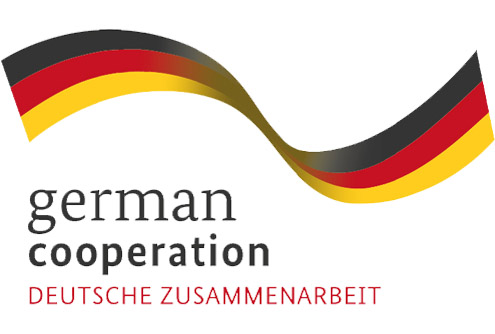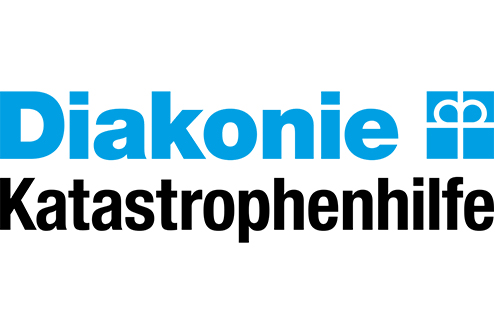How to conduct the relationship mapping exercise
1. Randomly divide the participants into groups
2. Make a list of all hazards and risk-drivers that the community is facing (ask participants and write them on the board; the facilitator can add any other threats or hazards that are not mentioned but are relevant to the community or region)
3. Assign one or two hazards/risk drivers to each group
4. Share a set of four cue cards with each group titled: People, Place, Resource and Infrastructure/Systems for each hazard/risk driver; use a cue card set of one colour for each hazard/risk driver (i.e, each hazard or risk driver discussed will have a pre-assigned cue card colour)
5. The question for deliberation is: What are the impacts and/or consequences of hazards and risk drivers on people, place/resource, and infrastructure/systems? (This question has to be discussed for each of the hazards or risk drivers that each group is assigned)
6. Ask each group to deliberate and list answers to the question on the back of the cue card
7. On a large classroom board or on the floor, write down each of the hazards and risk drivers discussed and place all the cue cards around each of the hazards and risk-drivers that have been taken up
8. Ask all the participants to take time to go through all the cue cards around each risk driver
9. Ask a few of the participants to rearrange all the cue cards based on the titles:
- Group the cue cards on people affected by all the listed hazards/risk drivers
- Group cue cards on places/areas/regions and resources affected by the various hazards/risk drivers. Pin up a large base map (A1 or A0 size) of the village/neighbourhood and map/colour the impacted area on the base map of the neighbourhood/village. Use coloured pencils assigned to each hazard to draw/colour impacted areas
- Group cue cards on infrastructure affected by hazards/risk drivers
- Group all cue cards on systems (social/economic/cultural/democratic systems etc.) affected by hazards/risk drivers
10. Display this grouping on the floor or on the wall for everyone to see and discuss
11. Conclude and capture the proceedings of the group exercise

